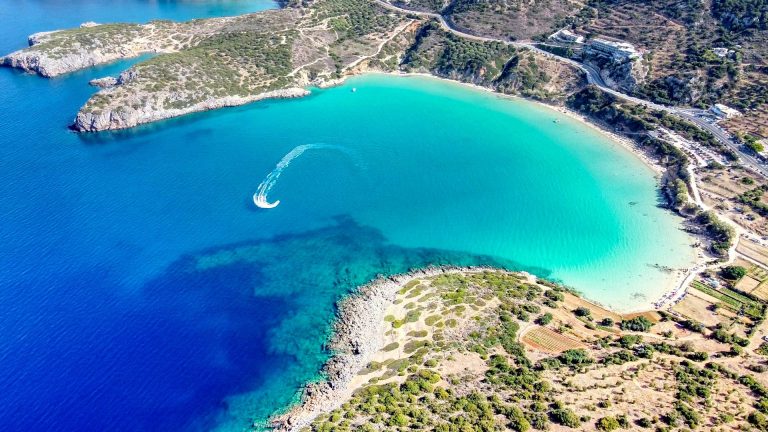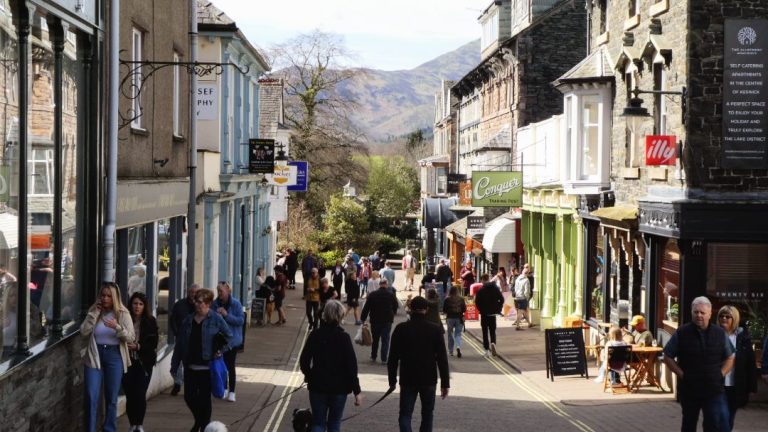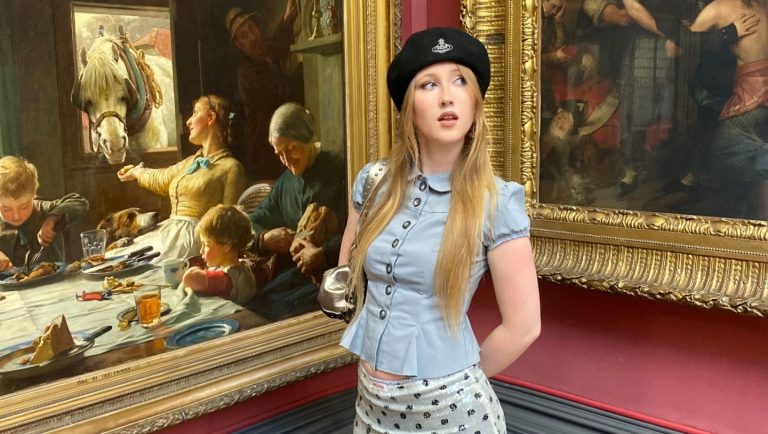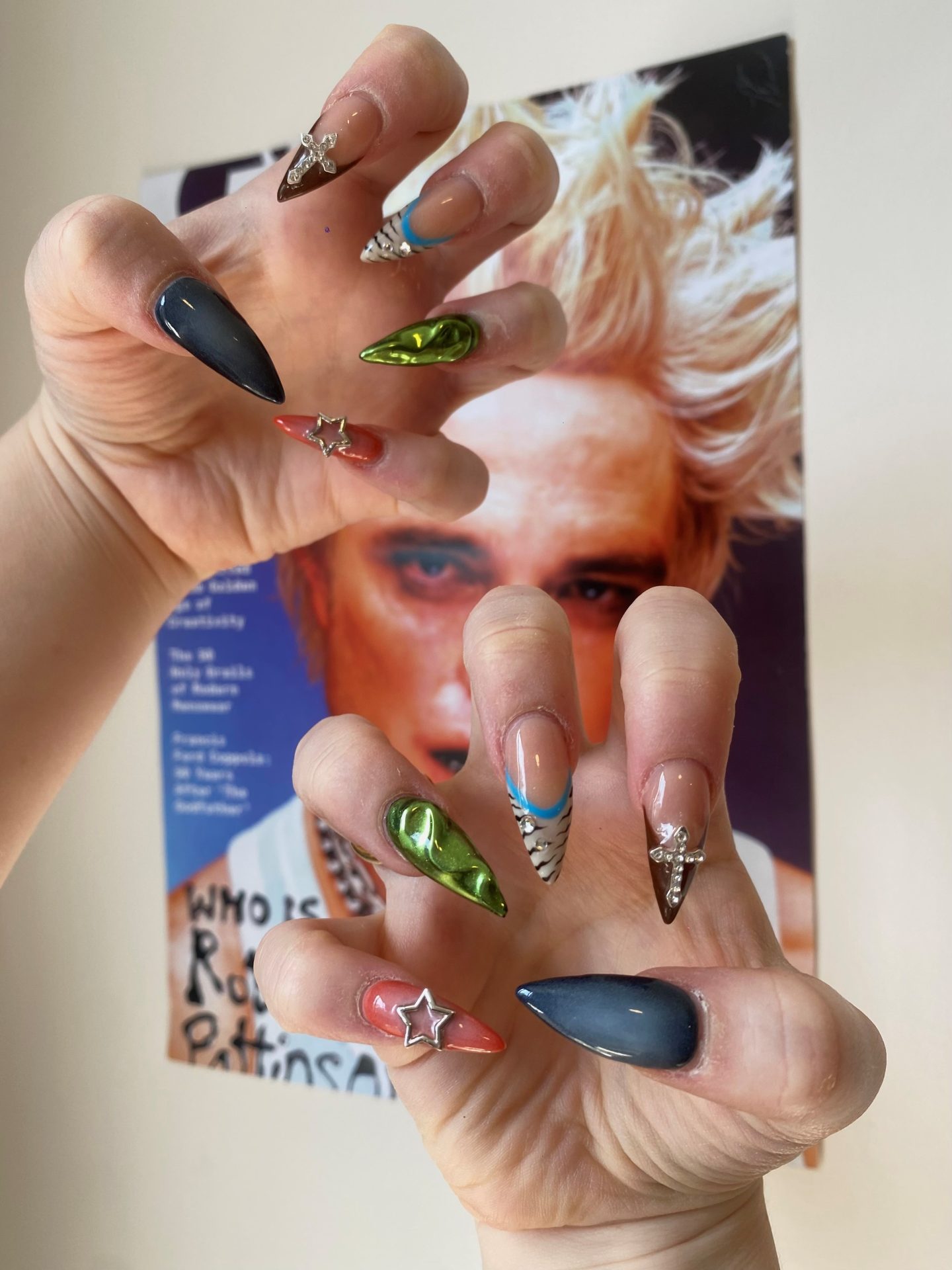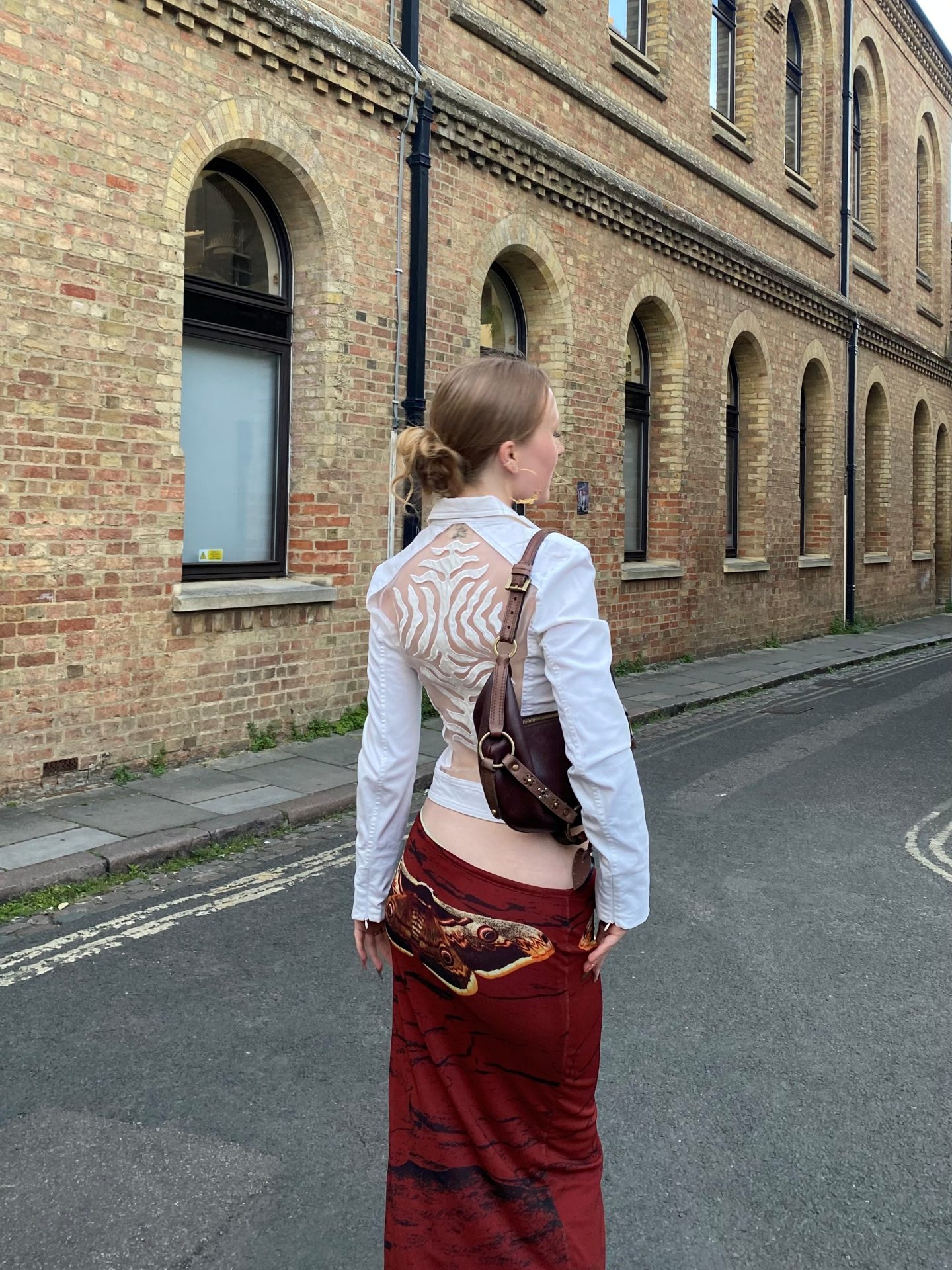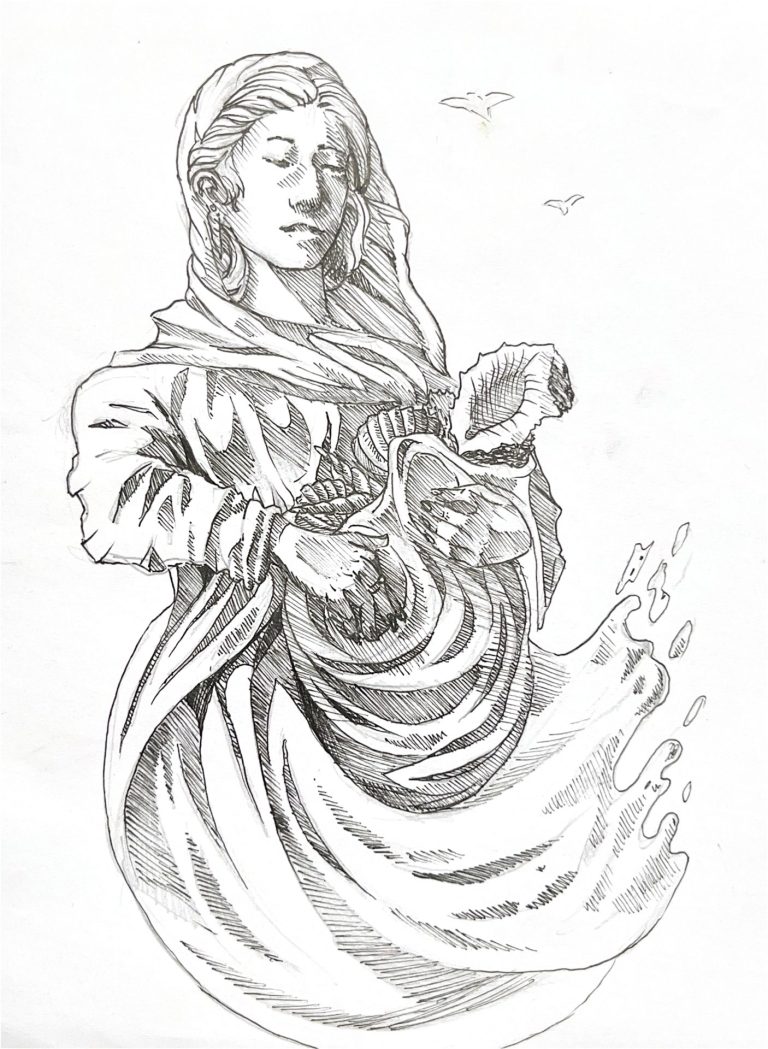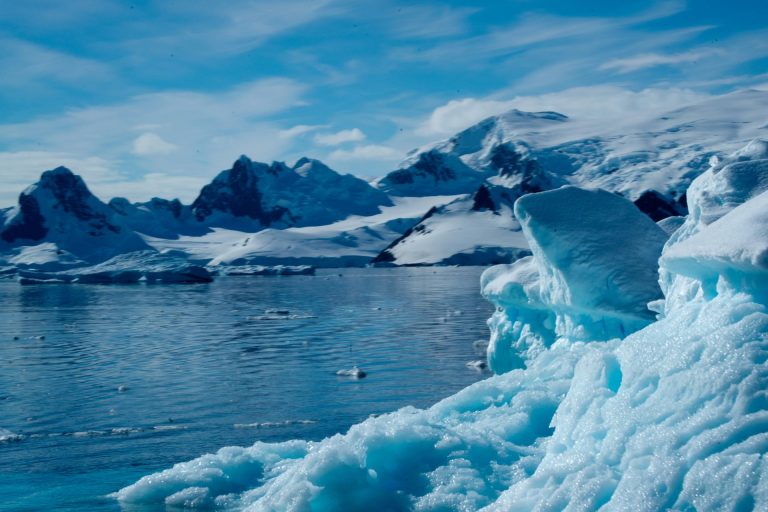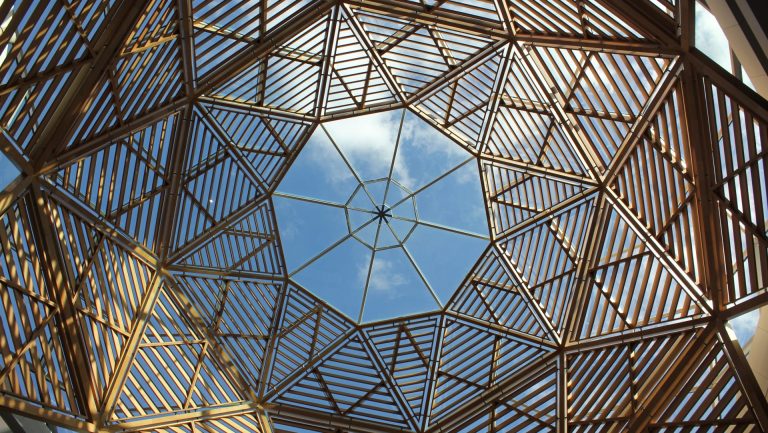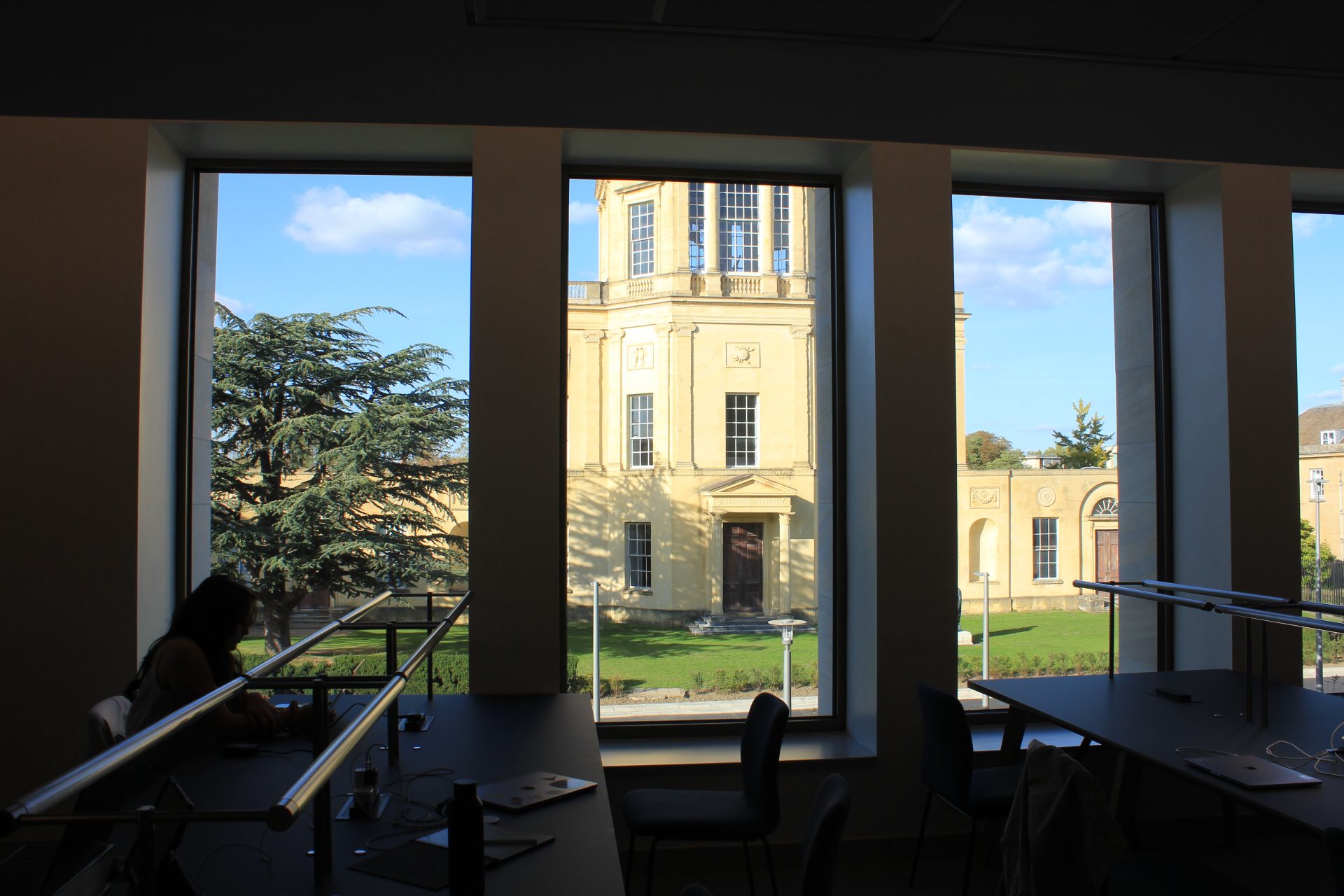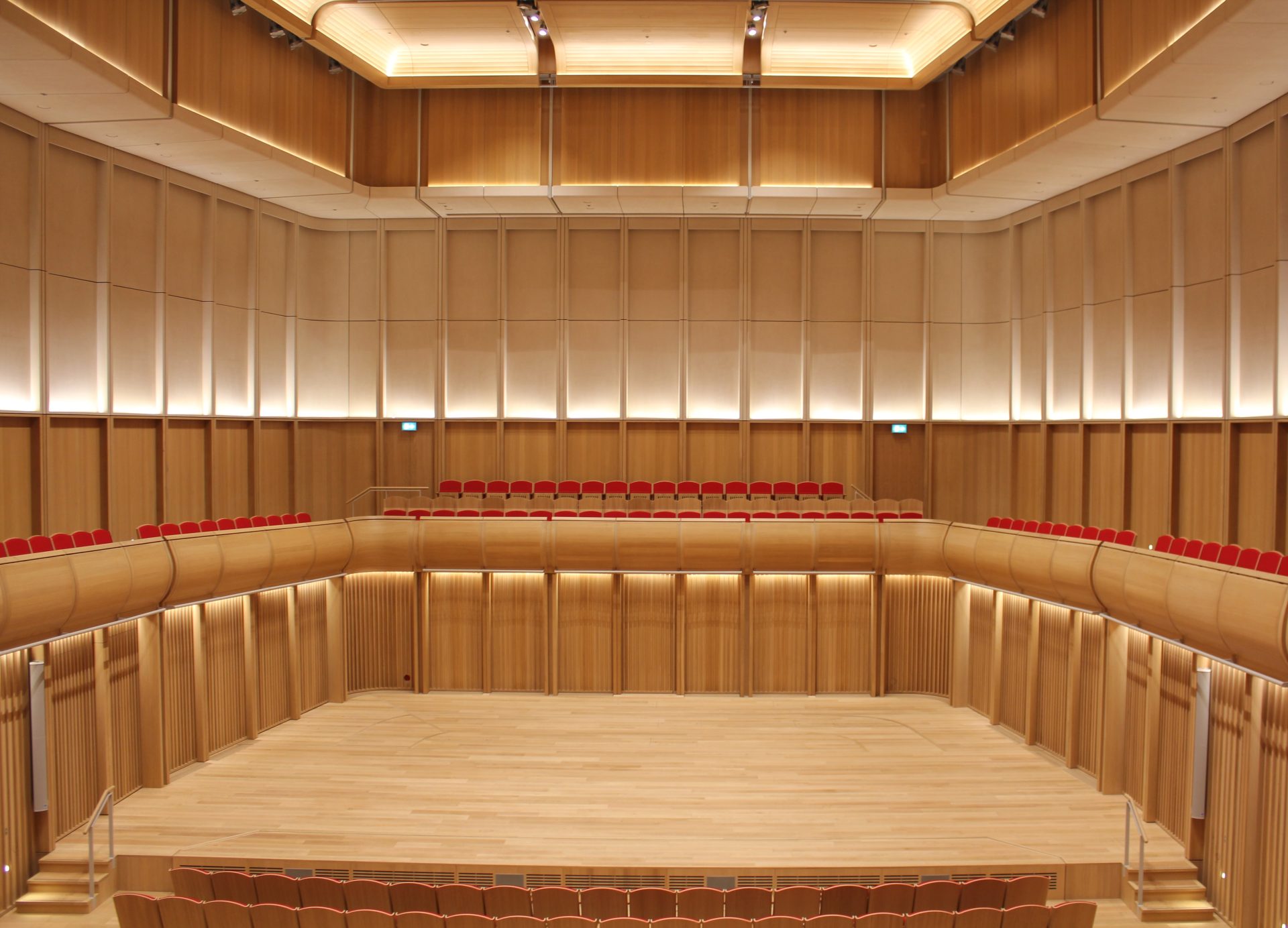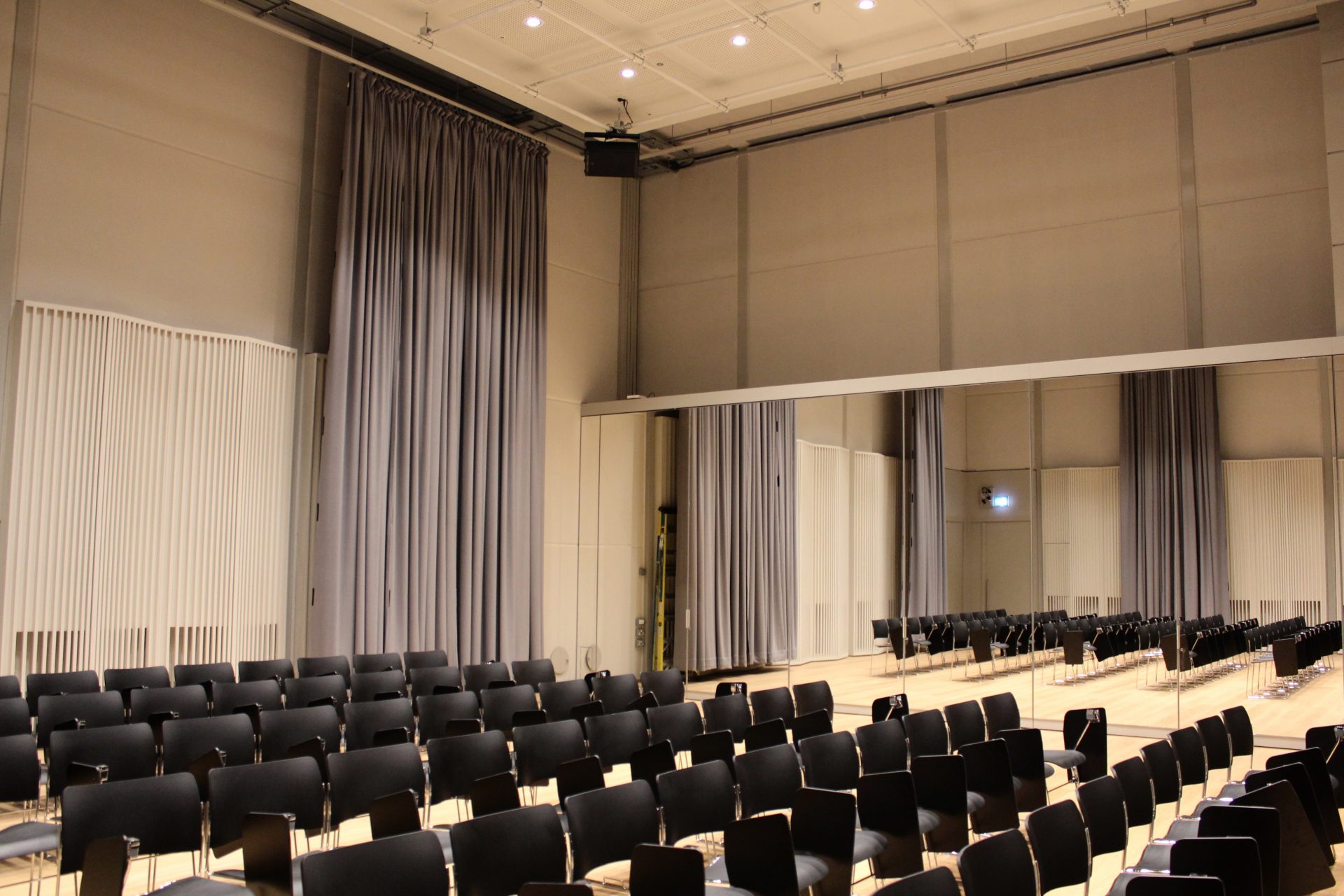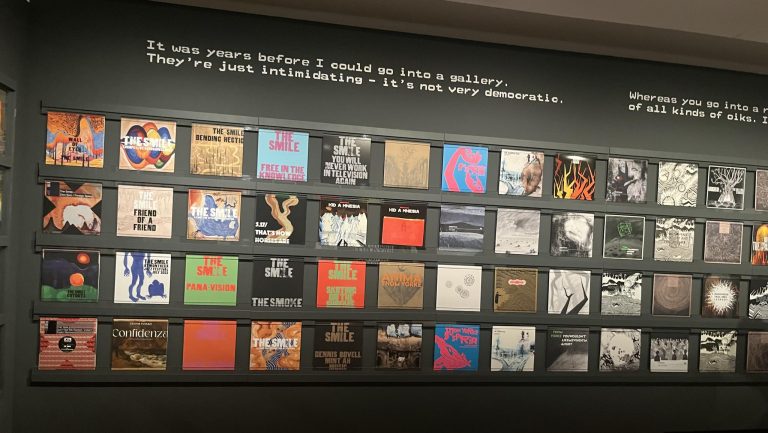Planning to take a break from your studies and make the most of the limited holiday time at hand? The Greek Islands are a dream playground for students chasing sunshine, culture, and a break from Oxford’s grey skies. With golden beaches, turquoise waters, and lively villages, each island feels like a fresh adventure waiting to unfold.
To make it better, you can add in the warm Mediterranean weather, affordable tavernas, local wines, and street food that turns every meal into a mini-feast, and you’ve got the perfect student escape. Additionally, you get budget ferry rides and beach parties to hidden coves and cliffside hikes, the islands mix fun, culture, and discovery, giving students stories they’ll trade long after the holiday ends.
With Ionian & Aegean Island Holidays, you can make the most of your villa holidays in Greece, ensuring that you spend quality time here and also learn more about the history, culture and geography of these islands.
Crete
Being the largest Greek island, Crete is a great option for students looking for variety and adventure. It’s the kind of place where you can mix beach days, history lessons that don’t feel like lectures, and nights that go on until sunrise. With its rich culture and buzzing local life, Crete gives students both exploration and chill time in one trip.
Students wanting to make the most of their Greece trip can enjoy the turquoise waters and Instagram-worthy views at Elafonissi, Balos, and Falassarna beaches. These beaches are perfect for lazy afternoons with friends and help you create unforgettable memories.
Away from the coast, students can also explore the Venetian old towns of Chania and Rethymno, snack on souvlaki in narrow alleys, or just wander until they find their new favourite taverna. If you’re up for more active days, try hiking the Samaria Gorge or renting bikes to pedal past endless olive groves.
Ios
If you are looking for lesser-known Greek islands that can provide you with amazing outdoor holiday adventures, Ios is a great choice. This island is the ultimate student island, small, lively, and famous for its party vibe. This is ideal for those students who want a break from urban chaos and want to soak in the natural beauty and calmness of the island.
By day, it’s all about sunbathing on golden beaches like Mylopotas, and by night, it transforms into one of Greece’s wildest nightlife spots. For students, it’s that sweet spot where you can balance lazy afternoons with all-night dancing.
The island isn’t only about clubs, though. If you want downtime, wander through the whitewashed lanes of Chora, grab gyros on the go, or hike up to Odysseus Elytis Theatre for sweeping sunset views. With multiple budget-friendly eateries, endless bars, and a young international crowd, Ios is a student favourite.
Rhodes
If you’re the kind of student who wants a bit of everything, beaches, history, nightlife, and cheap gyros on repeat, Rhodes should be on your list. It’s one of Greece’s biggest islands, so you won’t get bored anytime soon.
There are plenty of must-see attractions in Rhodes Old Town, a UNESCO site that offers a great experience. Here you can visit the Palace of the Grand Master and the cobblestone lanes, which are perfect for wandering. When you’re done exploring history, you may head to Faliraki or Lindos for beach days that turn into nights out.
If you are feeling adventurous, you can rent a scooter (budget-friendly with friends) and find quieter bays or even hike around the island’s hills. The balance of culture and student-friendly fun makes Rhodes an island where you can study in the morning and party till sunrise.
Corfu
Located in the Ionian Sea, Corfu is basically the all-rounder of the Greek islands. The island seamlessly blends Venetian charm, turquoise beaches, and a nightlife scene that’s earned legendary student status. If you want an island where you can chill in the day and go wild at night, this is it.
If you are a student of arts and architecture, you can start your trip with an exploration of Corfu’s Old Town. This is where you can find pastel-colored buildings and narrow lanes that give major study-abroad-in-Europe energy. The Old Fortress is worth a climb for the views, and you should add that to your itinerary.
Corfu also has excellent beaches, and therefore, you can head out to Paleokastritsa or Glyfada beaches, where the water is so clear it almost feels fake. During the night hours, Corfu transforms into a lovely party island where you can hang out at various clubs, bars and enjoy cheap cocktails and try delicious Greek cuisine.
Hydra
If you are keen on more outdoor adventures on foot, Hydra is where you should go. With no cars, Hydra is ideal for those looking for an escape from the modern world and who want more activities like walking and biking. While it might sound ancient, the main town is ridiculously photogenic, with stone mansions, waterfront cafés, and narrow lanes that feel frozen in time.
Students of art, literature and poetry can make the most of their holidays here as they can find plenty of quiet time. It’s the kind of place where you can actually slow down, sketch in a notebook, or just sit with friends over iced coffee for hours. While the beaches in Hydra are rocky, they are still quite beautiful. You can spend your time at Kaminia and Vlychos, which are easy to reach on foot or by water taxi.
Hydra’s more about creative energy than clubbing. It’s been a hangout for artists and writers for decades, so if you’re the kind of student who’d rather debate philosophy at sunset than dance till dawn, this island has your name on it.
Lefkada
If you’re chasing postcard beaches without blowing a fortune, Lefkada is a solid pick. Thanks to a bridge connecting it to the mainland, you don’t even need a pricey ferry ticket. This makes this island perfect for students on a tight budget. With the right guide to Lefkada, you can plan your trip just the way you prefer and with convenience.
This island is all about outdoor adventure. If you are looking for beaches with dramatic cliffs and turquoise waters, you can head to Porto Katsiki and Egremni beaches. If you’re into adrenaline, Lefkada is famous for windsurfing, kitesurfing, and even paragliding over Kathisma Beach.
Evenings are more laid-back, with tavernas serving fresh seafood and cheap wine. The main town has a few lively bars, but the vibe is more about chilling with friends than full-on raving. Lefkada is for students who want a mix of stunning landscapes, budget-friendliness, and just enough nightlife to keep things interesting.


